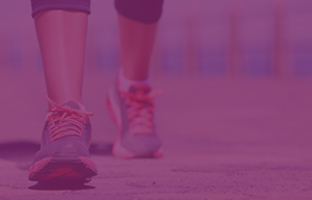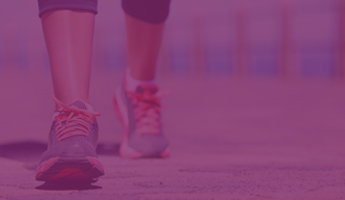Bladder Pain and Interstitial Cystitis
Bladder pain is known by a few different names, including painful bladder syndrome (PBS) and interstitial cystitis (IC). It’s a disorder that can affect anyone, though the symptoms are more prevalent in women. Women report feeling mild to severe bladder pain and an urgent or frequent need to urinate. Unfortunately, the underlying causes are not well understood, making it difficult to diagnose.
Bladder pain is characterised by a searing pain when passing urine – something that’s not great to experience – or to talk about. It happens when the bladder gets inflamed or irritated – often at its worst when the bladder is full.
Bladder pain can be associated with:
- Urinary incontinence
- Urinary tract infections
- Bladder cancer
- Crohn’s disease
- Interstitial cystitis
With between 3% and 6% of women suffering from interstitial cystitis, it is the most common cause for chronic bladder pain. Remember to discuss your symptoms or any concerns with your doctor for further medical advice.
What causes bladder pain
Without conclusive studies on the subject, the exact causes of bladder pain are still unknown to scientists. Currently, most researchers believe that an event can act as a trigger that brings on bladder pain. Some of these triggers may be:
- Bacterial infections
- A bladder overextension due to long periods without going to the bathroom
- An injury to the nerves in or surrounding the bladder or spinal cord
- Problems with the lining of the bladder, allowing urine to irritate the bladder, or problems with the urine itself, which in turn irritates the bladder
- Problem due to a surgical procedure or physical injury
You should always see your GP before you try any incontinence treatments, just to make sure you are not suffering from anything a little more serious.
In the meantime you can try to relieve the pain of bladder irritation in the safety and comfort of your own home by:
- Putting a hot water bottle on the perineum (the area between your anus and the vagina)
- Taking a regular painkiller if your tenderness is particularly bad (always follow packet directions)
- Relax in a squatting position with your knees drawn up towards your chest
- Drink the recommended amount of water a day to ensure your urine doesn’t become too concentrated and cause irritation
Certain lifestyle changes could also make the pain a little easier; Spicy and acidic foods such as artificial sweeteners, citrus fruits, caffeinated soft drinks, alcohol and chocolates all have the potential to make your pain worse. Smoking is also thought to exacerbate bladder pain due to its harmful by-products and tendency to cause coughing. Drinking 8 glasses of water a day to avoid allowing urine to become too concentrated, as this may irritate the bladder can help ease the pain. Wearing loose pants and skirts can also help you stay comfortable.
If pain is persistent or if you are worried, it is always good to see your doctor to get peace of mind. If you are interested in learning more about your bladder and how it works, take a look at our female bladder page for an insightful look into how your body functions.
- Rosamilia, A. ‘Painful bladder syndrome/interstitial cystitis,’ Best Practice & Research Clinical Obstetrics and Gynaecology. 2005, 19(6):843-859
This content is not intended to be a substitute for professional medical advice, diagnosis or treatment. Always seek advice from a qualified health care professional with any questions regarding your concerns.
This content is not intended to be a substitute for professional medical advice, diagnosis or treatment. Always seek advice from a qualified health care professional with any questions regarding your concerns.







